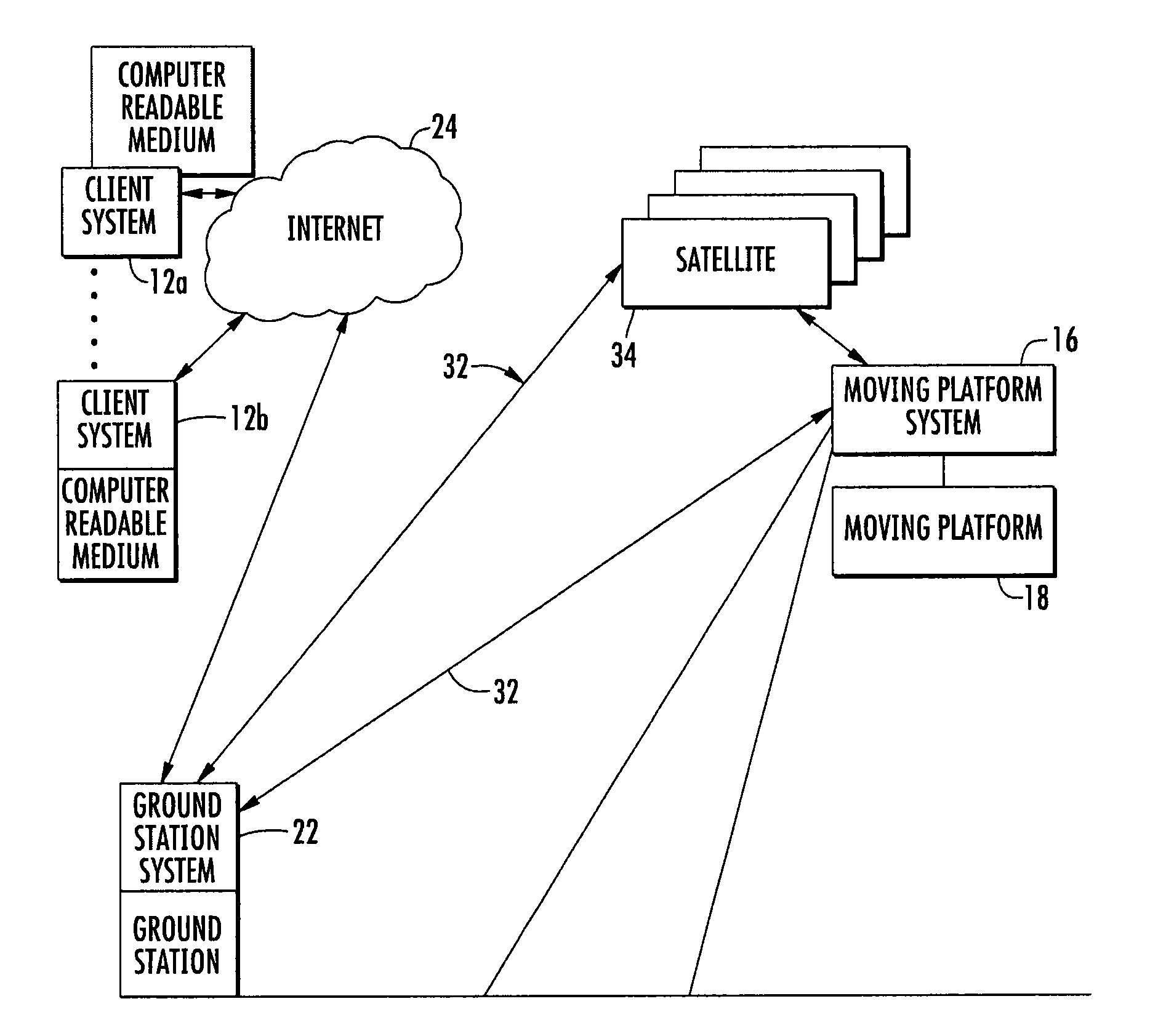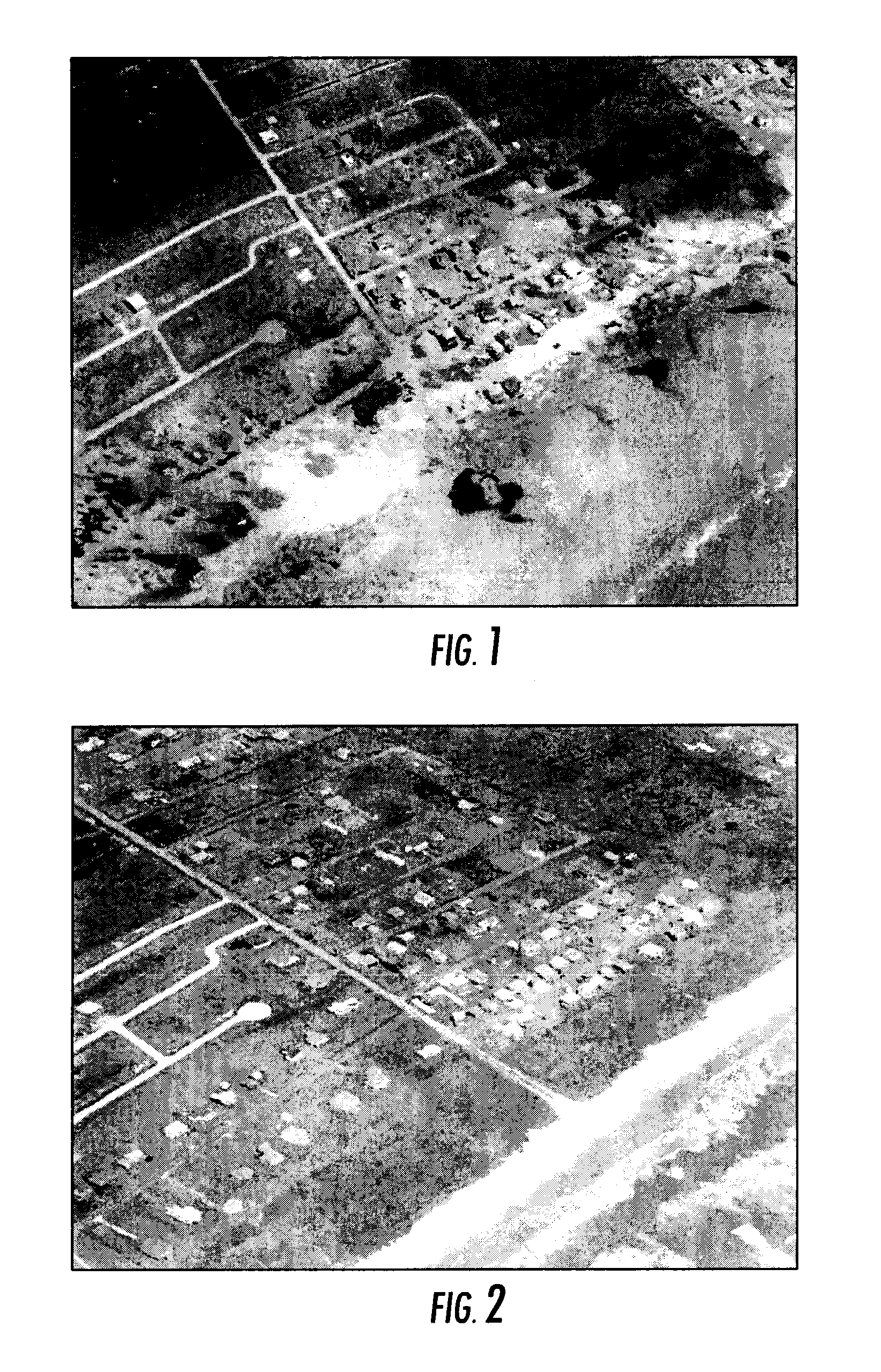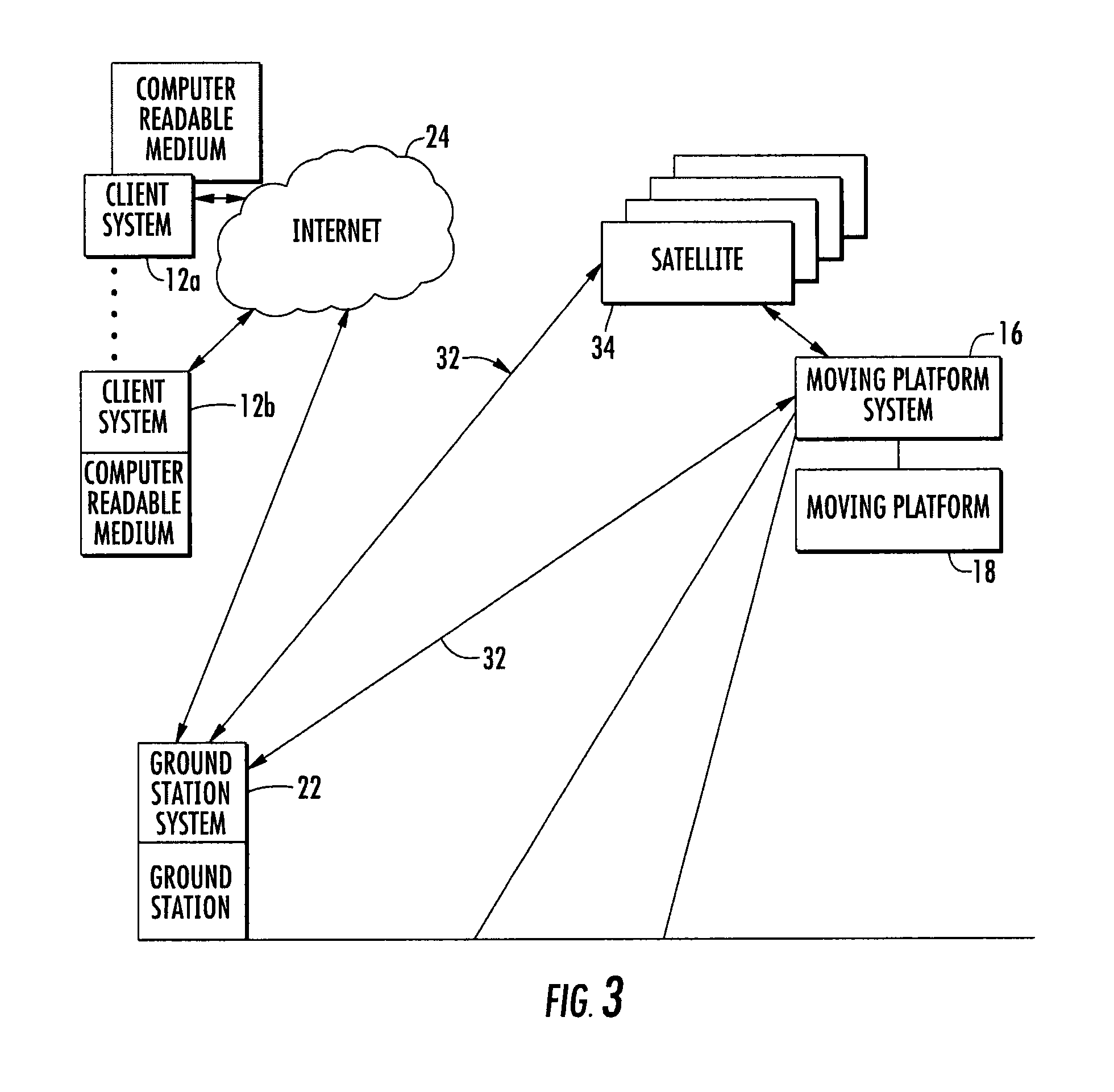Real-Time Moving Platform Management System
a real-time moving platform and management system technology, applied in the field of remote sensing/aerial imaging, can solve the problems of not necessarily the case, and the difficulty of determining what people are seeing, and the difficulty of traditional straight down orthogonal ascertaining,
- Summary
- Abstract
- Description
- Claims
- Application Information
AI Technical Summary
Benefits of technology
Problems solved by technology
Method used
Image
Examples
Embodiment Construction
[0058]Before explaining at least one embodiment of the invention in detail, it is to be understood that the invention is not limited in its application to the details of construction, experiments, exemplary data, and / or the arrangement of the components set forth in the following description or illustrated in the drawings. The invention is capable of other embodiments or being practiced or carried out in various ways. Also, it is to be understood that the phraseology and terminology employed herein is for purposes of description and should not be regarded as limiting.
[0059]Referring now to the drawings, FIGS. 1 and 2 are oblique images showing footage of a portion of the coastline in Galveston Tex. before and after Hurricane Ike. As shown in FIG. 1, the damage to Galveston Tex. was extensive and the Federal Emergency Management Agency was deployed immediately to the region in an emergency response effort.
[0060]In disasters, emergency response teams need to be provided with critical ...
PUM
 Login to View More
Login to View More Abstract
Description
Claims
Application Information
 Login to View More
Login to View More - R&D
- Intellectual Property
- Life Sciences
- Materials
- Tech Scout
- Unparalleled Data Quality
- Higher Quality Content
- 60% Fewer Hallucinations
Browse by: Latest US Patents, China's latest patents, Technical Efficacy Thesaurus, Application Domain, Technology Topic, Popular Technical Reports.
© 2025 PatSnap. All rights reserved.Legal|Privacy policy|Modern Slavery Act Transparency Statement|Sitemap|About US| Contact US: help@patsnap.com



